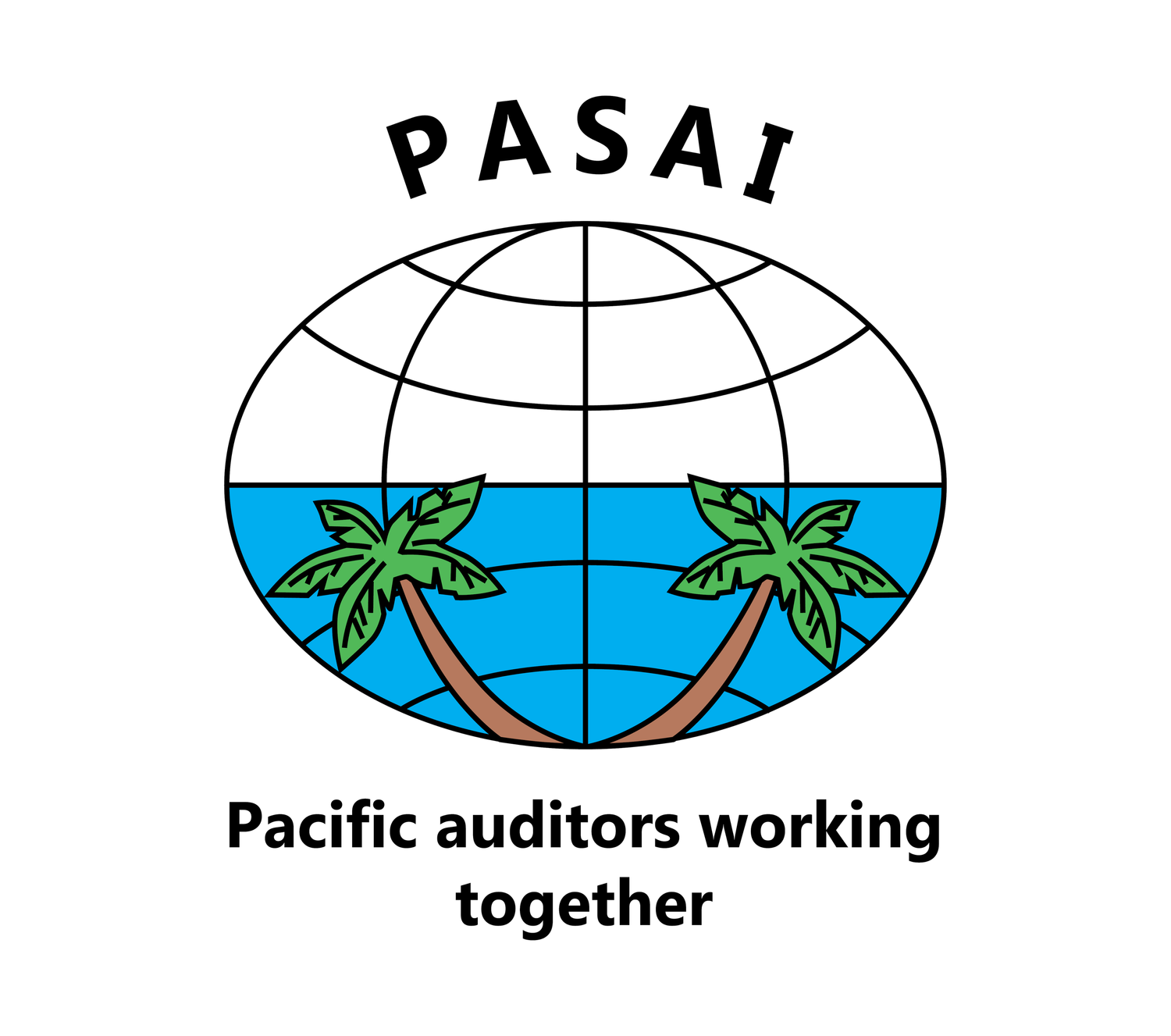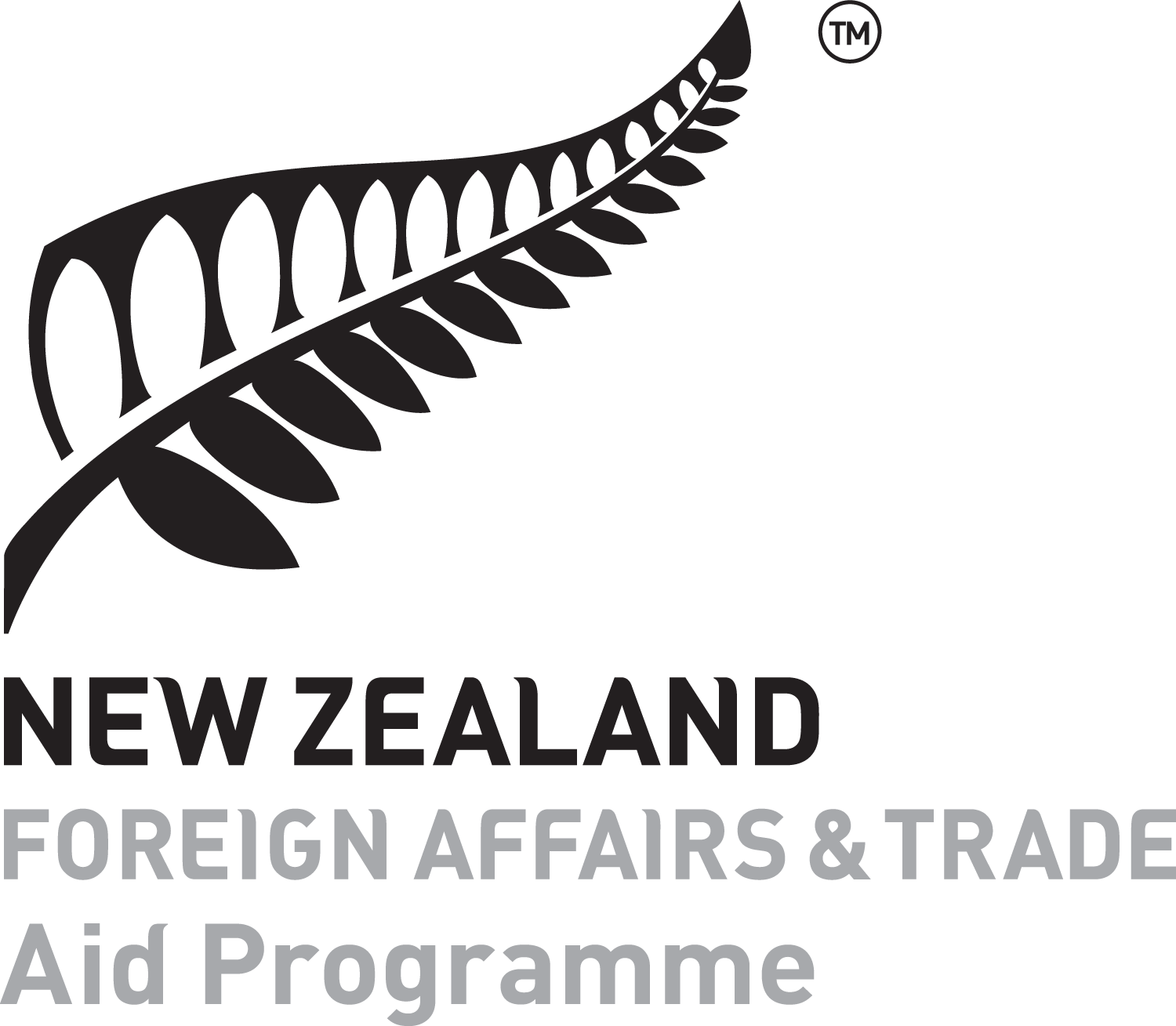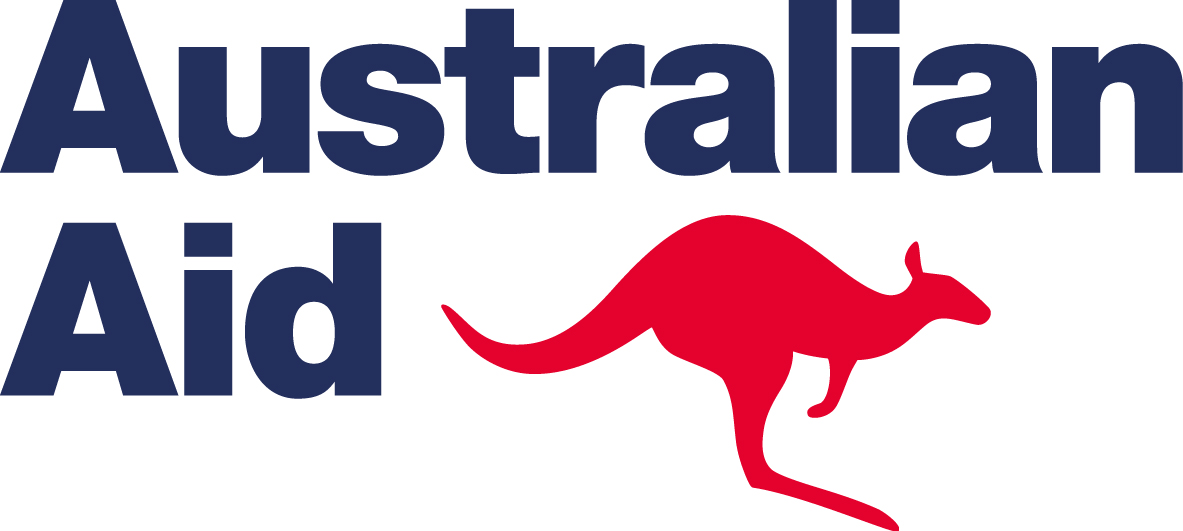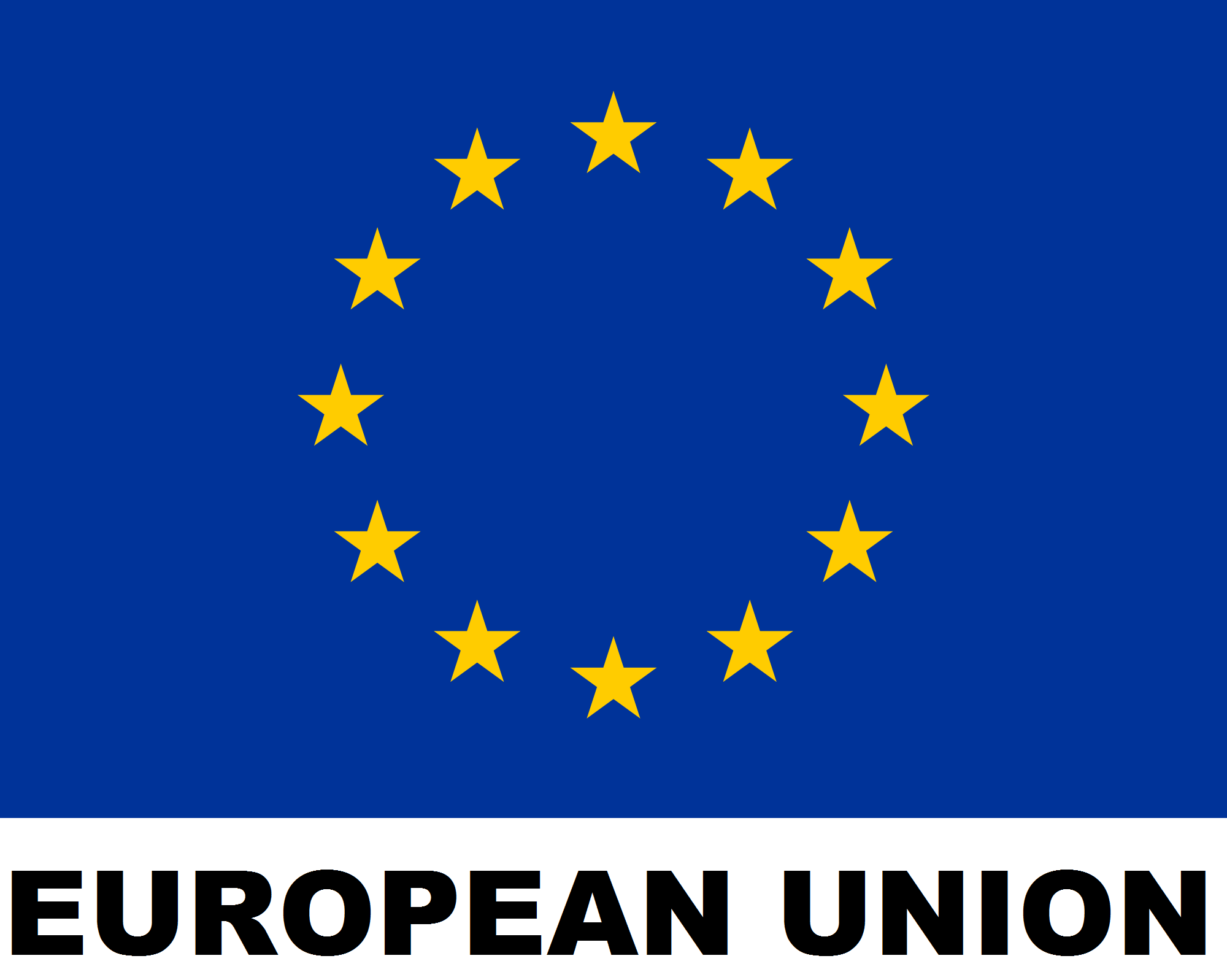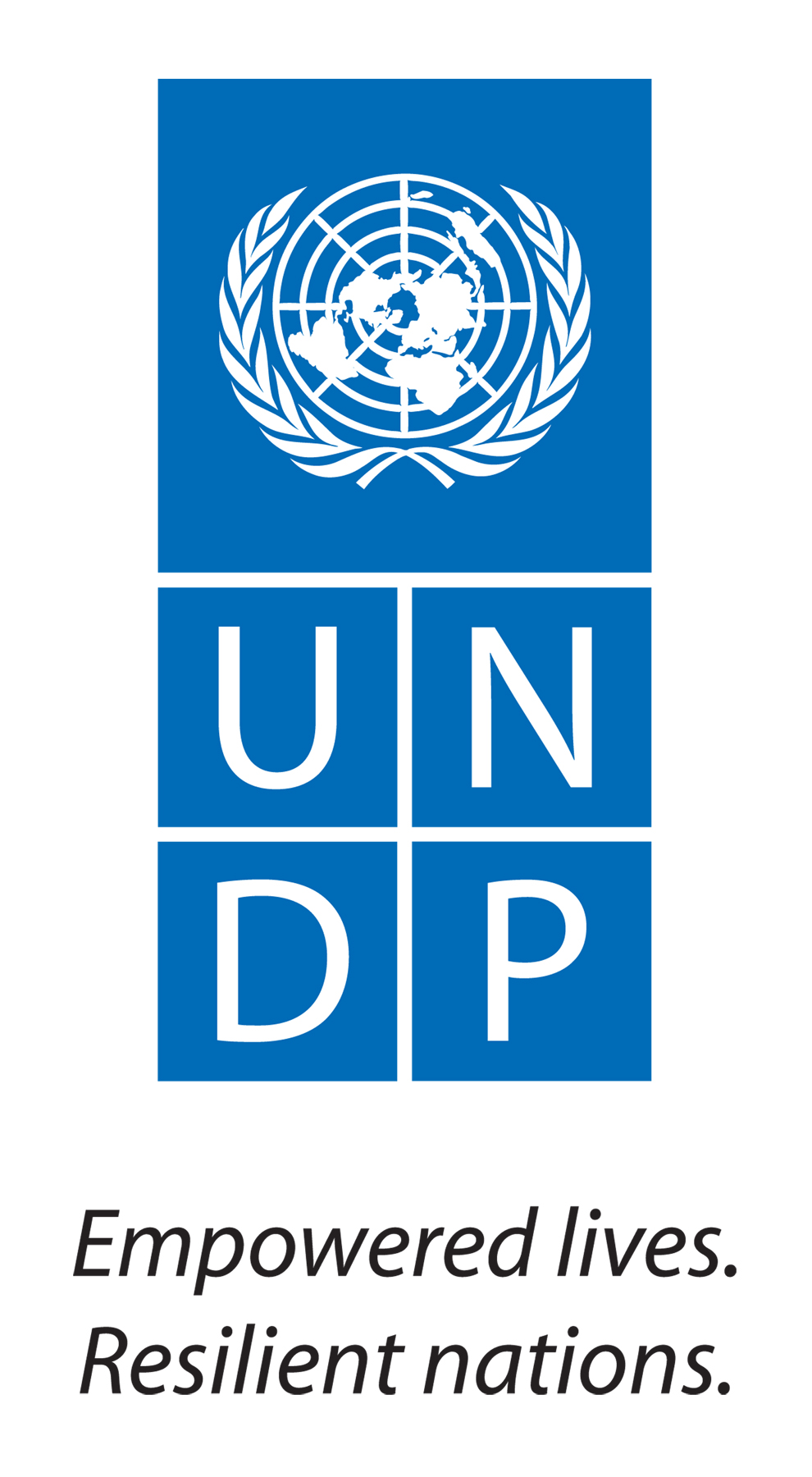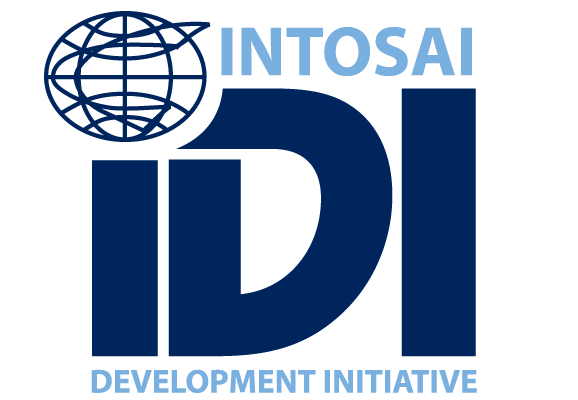By Luke Eaton, Communications Advisor, PASAI
As guardians of public trust and financial accountability, supreme audit institutions (SAIs) must be both credible and accessible. If a SAI’s diverse audience cannot easily understand its findings and recommendations, its work will likely not have the necessary impact. This is where clear communication becomes not just beneficial, but essential.
Do you want to fish or do you want to catch?
Some people, when they ‘go fishing’, hop into a wide boat with barnacles underneath, enjoy a few hours of leisure playing with a rod and some undersized hooks, then pick up a cheeseburger on the drive home. This has very little in common with the kind of fishing done for hundreds and thousands of years in the Pacific region.
Island fishers can’t afford to return empty handed. Their slender boats glide efficiently through the water and they time their expeditions to optimise the catch or ensure the sustainability of future catches. These centuries-old practices have been refined to eliminate waste.
Pacific Island governments do not have money to waste either.
The comparison between fishers and auditors isn’t perfect but indulge me a little longer. A lot of audit work gets turned into reports. Like fishing boats, reports can vary in size. However, they should be designed to work with minimal resistance. Long, complicated sentences full of jargon are obstacles for readers trying to understand reports. It’s worth polishing off the barnacles to make a smoother ride. Using plain language in reports is about respecting the limited time of its readers.
Pā kahawai (trolling lure), 1750-1850, New Zealand, maker unknown. Oldman Collection. Gift of the New Zealand Government, 1992. Te Papa (OL000106/10)
Attracting attention
In Aotearoa New Zealand, Māori would often use paua (abalone) shell to line the shank of their ingenious fishhook lures. The iridescent quality of the shell attracts fish through its flashes of colour and movement in the water. I don’t mean to equate audit report readers with fish that need to be tricked into becoming someone’s meal, but rather to emphasise the importance of being appealing.
Consider how worthless a fishing expedition would be if, after all that effort, you did nothing to entice the fish. Likewise, audit reports and their associated ‘products’ should quickly tell readers why they should care. Readers will quickly disengage with content that doesn’t meet their needs. Communicating a report’s value will be even easier if the audit shows a difference between ‘what is’ and ‘what could be’ on a topic that matters to people.
A case study in attracting readers
A few years ago, the Government Accountability Office (GAO) of the United States of America introduced ‘Fast Facts’ at the top of its report webpages. The SAI knew many in its audience reads its content online, often on portable devices like smartphones.
Fast Facts give readers clear and concise information in language they can understand the first time they read it. Engaging images convey the topic, show evidence or visually explain information.
The SAI’s website user analysis shows Fast Facts do even more than help readers find, understand and use its work. It experienced a dramatic increase in the time people spent on its website (particularly those on mobile devices). Many more people downloaded its reports and shared its work as well.
In this case, the Fast Facts functioned as an effective lure to get people to engage in the broader audit work.
Consider the user experience
I’m not advocating all SAIs should imitate GAO’s webpage design. Instead, I mention Fast Facts to show the effectiveness of using writing principles that attract readers and remove obstacles to their understanding. This goes beyond plain language. Readers like to be able to scan for information they need, so use formatting like headings, bulleted lists and bolded text. Royalty free images or other graphics can entice reader engagement, break up a ‘wall of words’ and aid comprehension.
HUD Rental Assistance Fast Facts example on a smartphone
Clear communication is a universal lure
The audience of audit reports is much broader than a small group of legislators or the financial officers at the audited entity. Ideally, it includes the media, researchers, civil society organisations, development partners and citizens. A well-formatted document written in plain language meets the needs of all these groups. This is unlike the hooks and lures that only work with one type of fish! You get the biggest impact by quickly answering the question, ‘Why should I care?’ then retain engagement with frictionless communication.
The benefits of clear communication
Facilitate informed decision making
Decision-makers can quickly grasp key findings and recommendations without getting bogged down in technical jargon. Flow-on effects include better resource allocation, program improvements and policy changes.
Improve implementation of recommendations
Clear, actionable language can bridge the gap between identifying issues and implementing solutions. Recommendations that auditees easily understand are more likely to be actioned and create positive change.
Enhance public engagement
When SAIs take the time to make their work appeal to the public, civic participation increases. In some cases, this might involve language translation and social media messaging to get wider engagement with important public sector issues.
Amplify your messages
Civil society organisations and the media are more likely to accurately repeat well-crafted content. In the example below, a popular TV program quoted directly from one of GAO’s Fast Facts.
Matching a commitment with capability
By committing to clear communication, you can ensure your valuable work reaches and influences a wider audience. This not only enhances the impact of individual audits but also contributes to a more informed and engaged citizenry – a cornerstone of a healthy democracy.
Clear communication is not just a matter of style – it's a fundamental aspect of effective public sector accountability. By making your work more accessible and understandable, you can amplify your impact and better serve the public interest.
Like a successful fishing expedition, clear communication takes skill, practice and effort. That’s why it features in every course in our communications program. If you want to know more about plain language, effective formatting and appealing presentation, an excellent place to start is our self-paced course on the Fundamentals of report writing. Pacific auditors can enrol and complete the whole course online through our Learning Platform.

